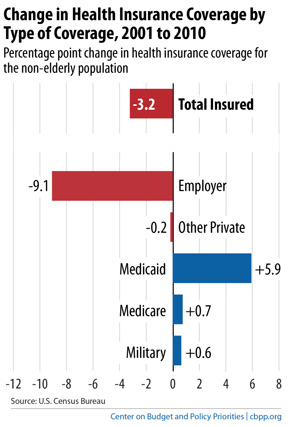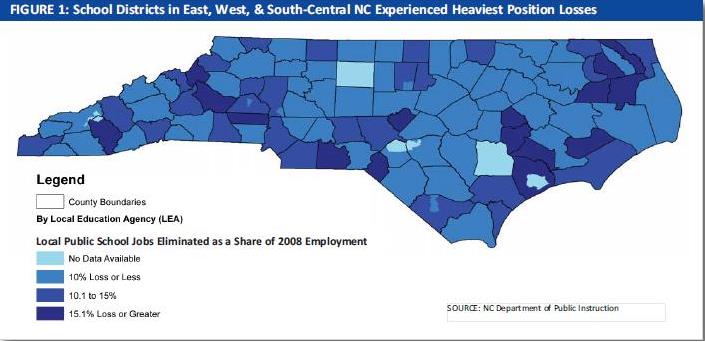Policy Points
22.09.2011
Policy Points
Economic policy reports, blog postings, and media stories of interest:
22.09.2011
Policy Points
A new paper from the Center for Economic and Policy Research analyzes the impact that changes to the cost of living adjustments used within the Social Security program would have on the living standards of older Americans. From the report …
Proposals to reduce the annual cost of living adjustment for Social Security by changing the indexation formula are likely to lower the living standards of retirees. The effect of this reduction would be to lower the real value of benefits by approximately 3 percent after workers have been collecting benefits for 10 years, 6 percent after 20 years, and 9 percent after 30 years. The evidence from the reduction in benefits that resulted from changes in the consumer price index in the 1990s indicates that retirees did not change their work or saving behavior to offset this reduction in benefits. The Social Security share of retirement income actually rose for most groups, even though the size of the benefit was smaller relative to the lifetime earnings.
…
It is also important to recognize that benefits, relative to lifetime earnings, have already been cut for those retiring this year or in the near future. This is due in part to changes in the consumer price index that already cause it to show a rate of inflation that is at least 0.5 percentage points annually lower relative to the true rate of inflation than the consumer price index that was in place in the 1980s. The phase-in of the increase in the age of receiving normal benefits from 65 to 67 also reduces benefits. In addition, this group of near retirees has paid a considerably higher share of their wage income as Social Security taxes.
22.09.2011
Policy Points
Off the Charts points out that even more Americans would be uninsured if not for public insurance programs like Medicaid. In fact, when it comes to children, “the increase in public coverage (through Medicaid and the Children’s Health Insurance Program, or CHIP) over the past decade more than offset the decline in private coverage, so the total number of uninsured children went down. ”
The chart below shows changes in insurance coverage within the non-elderly population between 2001 and 2010.

21.09.2011
Policy Points
Economic policy reports, blog postings, and media stories of interest:
21.09.2011
Policy Points
A recent report from the N.C. Budget & Tax Center tracks the elimination of public school jobs across North Carolina since 2008. The study finds that “in the last four years, North Carolina public schools report having eliminated 16,678 positions, nearly one in ten positions compared to 2008 staffing levels.”
As the map below shows, school districts in East, West, and South-Central North Carolina have experienced the greatest staffing reductions.




 Email Sign-Up
Email Sign-Up RSS Feed
RSS Feed